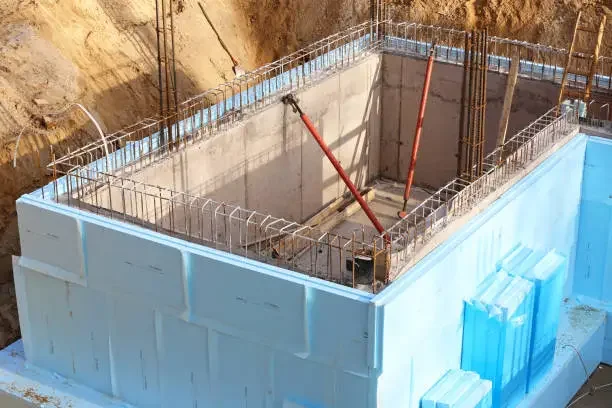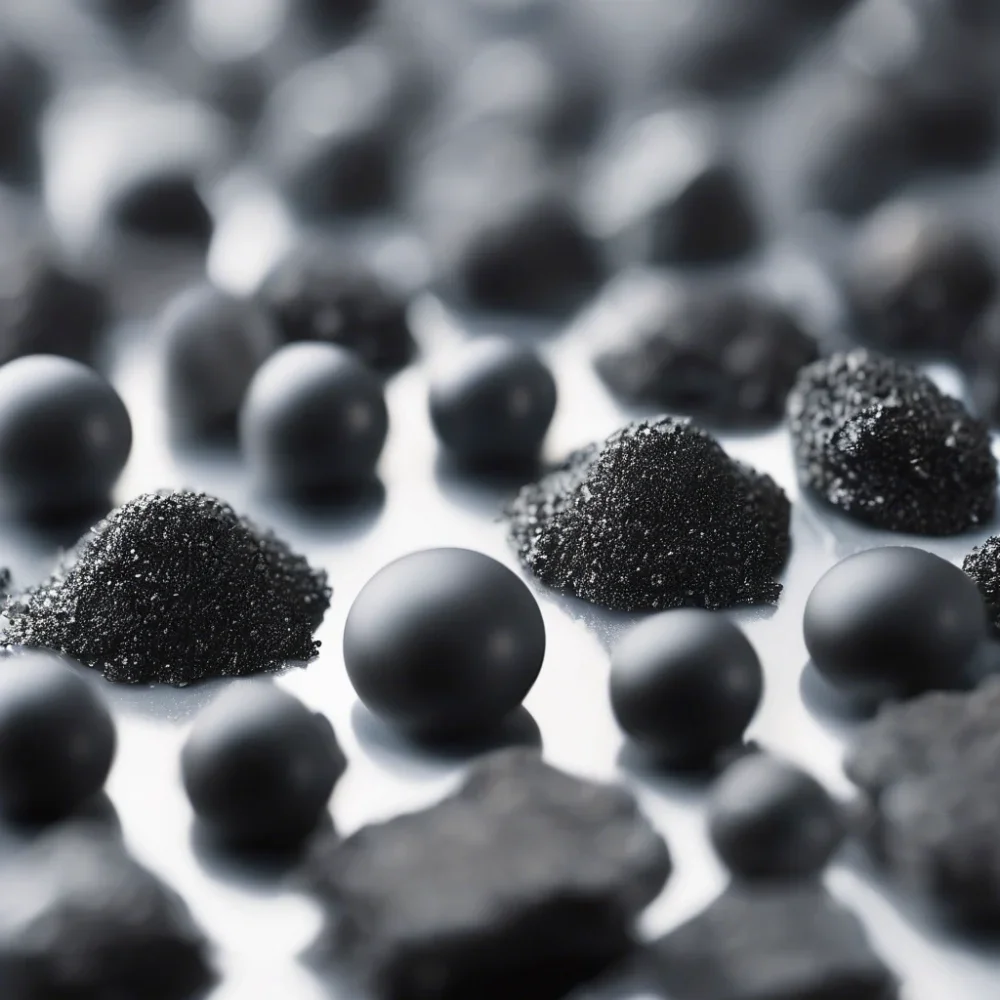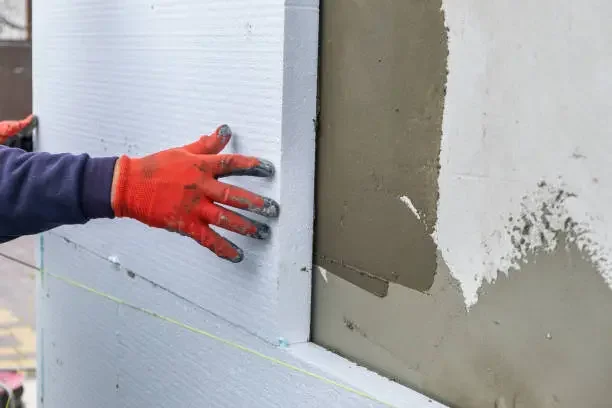Making top-notch EPS insulation boards is a complex task that blends material knowledge, careful engineering, and a focus on the environment. Expanded Polystyrene (EPS) molding is super important for creating light, tough, and heat-resistant items used in many fields, like building and packing. This piece takes a close look at the EPS molding steps, showing how basic materials turn into useful insulation boards through a bunch of well-managed actions.

Introduction to EPS Insulation Boards
EPS insulation boards are well-known for saving energy and being flexible in structure.
What Is EPS (Expanded Polystyrene)?
Expanded Polystyrene is a hard, closed-cell foam created from tiny polystyrene beads that puff up when heated with steam. The end product is light but sturdy, with great heat-blocking abilities. It’s made of 98% air and just 2% polystyrene, which keeps it both effective and cheap.
Key Properties of EPS Insulation Boards
EPS boards come with many useful traits:
- Low heat transfer
- Strong resistance to pressure
- Very light build
- Good defense against dampness
- Steady shape over time
These features make EPS perfect for jobs needing heat protection and strength.
Applications Across Industries
EPS insulation boards are widely used in various areas. In building insulation, HUASHENG’s EPS foam items stand out. They have amazing heat-blocking skills, cutting down energy use in structures. For packing and shipping needs, HUASHENG provides light yet tough EPS foam options. Also, in the field of decorative building stuff, HUASHENG’s EPS foam opens up endless ideas for creativity.
Raw Material Selection for EPS Molding
The quality of the final EPS item starts with picking the right kind of expandable polystyrene beads.
Types of Expandable Polystyrene Beads
Different kinds of beads meet various needs:
Common Grade
Basic beads used for everyday tasks where fire safety or extra strength isn’t a must.
Flame Retardant Grade
B1 flame-retardant EPS bits (density 22kg/m³) are made to follow strict fire safety rules, especially for building uses.
Graphite Grade
Beads mixed with graphite boost heat performance by bouncing back radiant warmth. They’re great for super-efficient insulation panels.
Environmental Protection Grade
Fully recyclable EPS bits (reused 5 times) appeal to industries wanting to lessen harm to nature.
Carbon Black Grade
Colored or tinted beads, like customized dyed EPS bits (size 2-4mm), are often picked for artistic or special uses due to their look and protection against UV rays.

Importance of Bead Quality in Final Product Performance
How even the beads are affects the steadiness of density, how well they stick together during molding, and their overall toughness. HUASHENG New Materials has set up a modern, smart production system. They’ve brought in top EPS foaming methods and exact testing tools. This ensures their products lead the market in things like even density, strength under pressure, and heat protection.
The Pre-expansion Process
Once chosen, raw beads go through pre-expansion. This key step sets the starting size and inner structure.
Steam Pre-expansion and Bead Swelling
Beads get hit with steam at around 90–110°C. This makes the pentane gas inside them grow, boosting their size by up to 50 times. After expanding, the beads turn into light balls full of air pockets. That’s what makes them awesome for blocking heat.
Achieving Optimal Density and Cell Structure
Managing steam pressure and timing helps keep bead sizes even and cells intact. Well-expanded beads lead to better filling of molds. They also bond stronger in later steps.
Aging and Stabilization of Pre-expanded Beads
After puffing up, aging lets the inner pressure in beads settle before shaping them.
Role of Aging in Moisture Balancing and Air Diffusion
Newly expanded beads hold leftover dampness and gases. Aging helps the moisture dry out. It also lets air seep into the cells. This stops any weird shaping during molding.
Storage Conditions and Time Requirements
Beads usually sit for 6–24 hours in airy spots, depending on humidity and bead type. Good storage stops them from sticking together or collapsing too soon.
Molding Process for Shaping EPS Insulation Boards
The steady beads are now set to become solid blocks through an exact molding method.
Filling the Mold with Pre-expanded Beads
Beads are put into a mold space, either by hand or machine. Care is taken to spread them evenly, avoiding gaps or clumps.
Application of Steam and Heat to Fuse Beads Together
Steam comes back at higher force, around 120°C. It softens the bead surfaces so they join together inside the mold. This forms a single block without needing glue.
Cooling Phase and Mold Opening
Once joined, cold water or air cools the block while keeping its form. When it’s cool enough, the mold opens, either on its own or by hand. This prevents any damage to the shape.
Cutting and Finishing the Molded EPS Blocks
Big molded blocks need trimming into the right sizes using special cutting ways.
Block Cutting Techniques: Hot Wire vs. CNC Cutting
Hot wire cutting uses heated wires to slice blocks neatly without mess. CNC cutting gives detailed shapes with great accuracy. It’s perfect for custom packing or fancy designs like statues.
Dimensional Accuracy and Surface Treatment
Exact cutting makes sure blocks fit well in building setups or packing inserts. Extra treatments like layering or coating can make them tougher or prettier, based on what they’re used for.
Quality Control Measures in EPS Board Manufacturing
Strict checks make sure every board matches high standards before it’s sent out.
Density Testing and Compression Strength Evaluation
Using proper tools, samples are tested for density (kg/m³). They’re also checked for strength under pressure (kPa). This confirms they can handle expected loads.
Fire Resistance and Thermal Conductivity Tests
Flame retardant grades must pass fire tests like UL94 or EN13501. Heat transfer is checked with special methods to make sure R-values meet energy rules like ASTM C578 or EN13163.
Environmental Considerations in EPS Production
Today’s manufacturing focuses on being kind to the planet throughout the process.
Recycling of Scrap Materials During Manufacturing
Over 95% of factory waste gets reused in modern EPS plants. This cuts down on trash in landfills and lowers material costs. Smart compacting systems shrink waste volume by 50:1, making handling easier on-site.
Energy Efficiency in the Molding Process
Saving 89% of energy in recycling shows how heating cycles are improved with steam recovery. This is a big part of eco-friendly efforts by top names like HUASHENG.
HUASHENG: A Trusted Supplier of High-Quality EPS Products
HUASHENG is known as a forward-thinking company offering solid solutions in many markets with cutting-edge tech.
Overview of HUASHENG’s Product Grades and Customization Capabilities
Their main items include different EPS types like regular, fire-safe, and graphite-mixed kinds, such as:
- Common Grade
- Flame Retardant Grade
- Graphite Grade
- Environmental Protection Grade
- Carbon Black Grade
Customized REPS Solutions include uses like: - GreenBuild Eco-city Project using B1-grade particles
- EcoPack recyclable packaging cutting costs by 28%
- ArtFrame sculpture bases boosting steadiness by 70%

Commitment to Quality, Innovation, and Sustainability
The core of HUASHENG’s success is its strong focus on new ideas and tech growth. By working with top research groups and using the latest tools, HUASHENG keeps its products ahead. They excel in things like even density, fire safety, and being reusable. Above all, they care about the planet.
Summary of the EPS Insulation Board Formation Process
From picking raw beads to puffing them up, aging, shaping, cutting, and final checks, every step is planned for accuracy.
Key Steps from Raw Material to Final Product
Each part is super important:
- Choosing the right expandable polystyrene type
- Puffing up beads with controlled steam
- Letting them settle through aging
- Shaping under heat and pressure to bond
- Cutting and finishing with care
- Testing and checking thoroughly
Advantages Offered by the EPS Molding Technique
EPS molding gives steady quality with little waste. It allows for tailored designs across fields, from building panels to safe packing. All this comes at good prices with strong eco-friendly benefits.
FAQs:
Q1: How long does it take to make an EPS insulation board from start to end?
A: The whole thing, from getting raw stuff ready to final testing, can wrap up in 24–48 hours. It depends on the batch size and how long aging takes between puffing steps.
Q2: Are molded EPS boards good for the environment?
A: Yes, they are! Over 95% of factory waste gets reused in modern EPS plants. Plus, low-energy methods like steam puffing make these boards a green pick for building and packing.
Q3: Can I get custom-shaped molded packing with this method?
A: For sure! Tools like CNC cutting let companies like HUASHENG make special inserts. These can be made just for electronics packing or creative displays, using colored or reused beads as per client needs.






